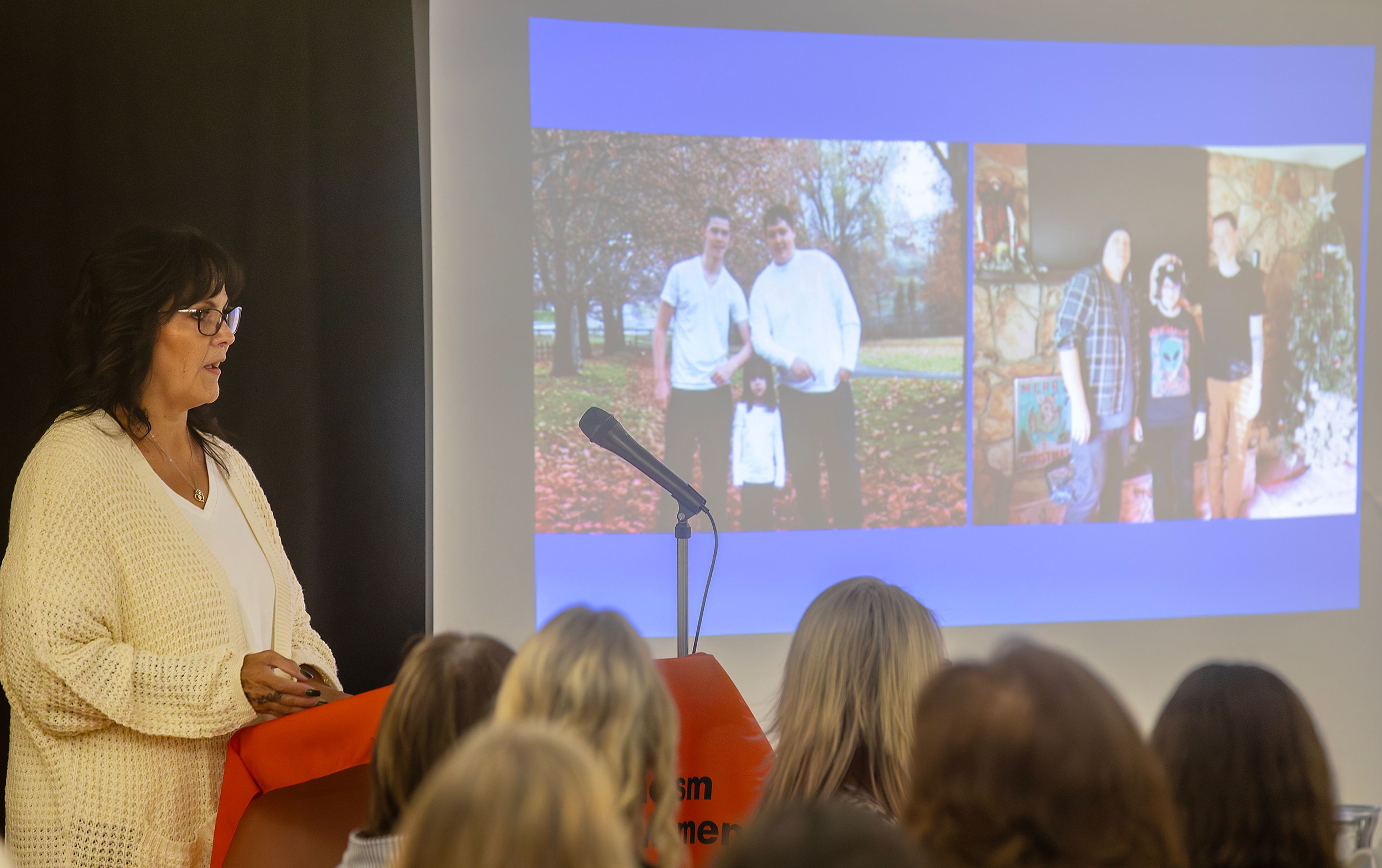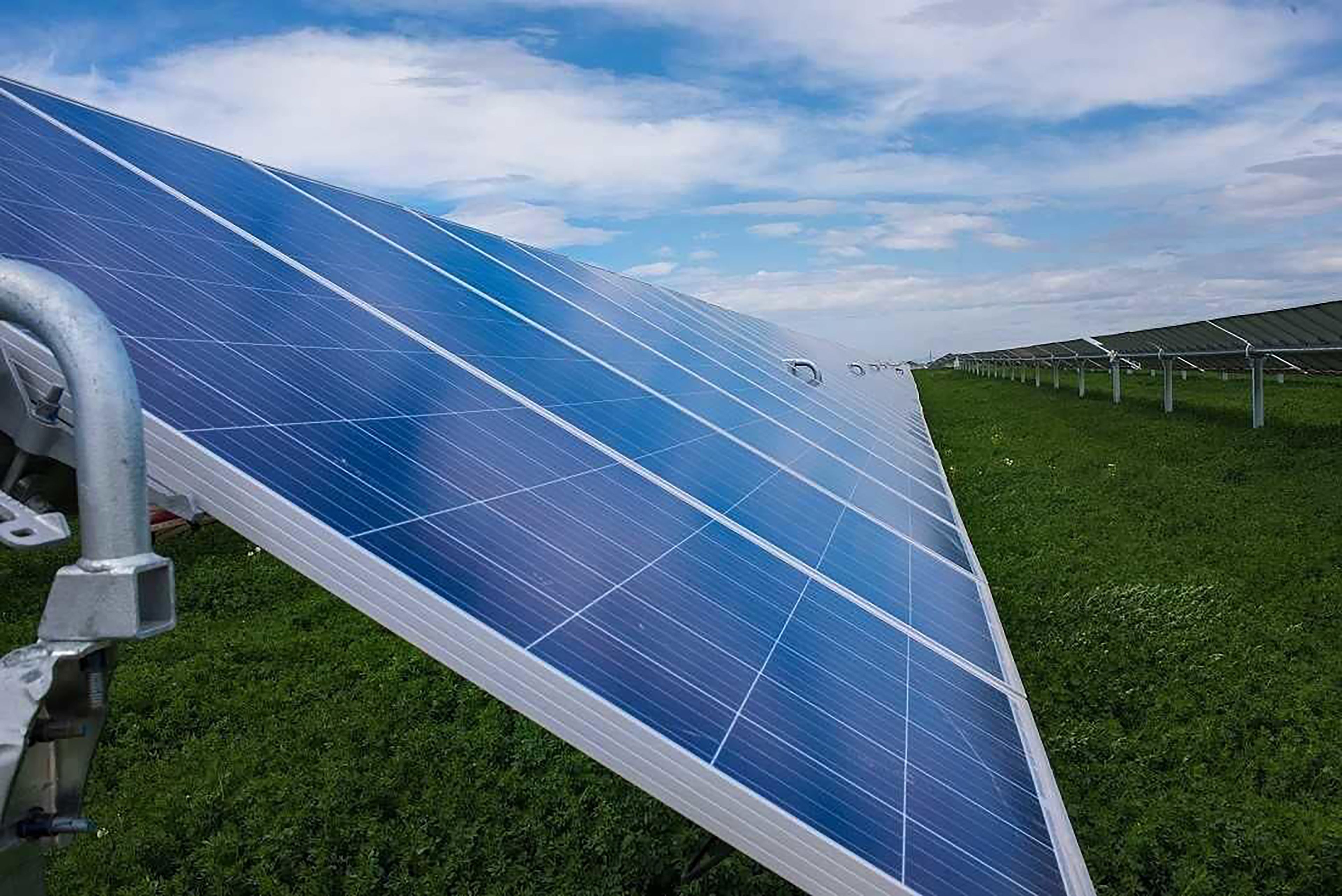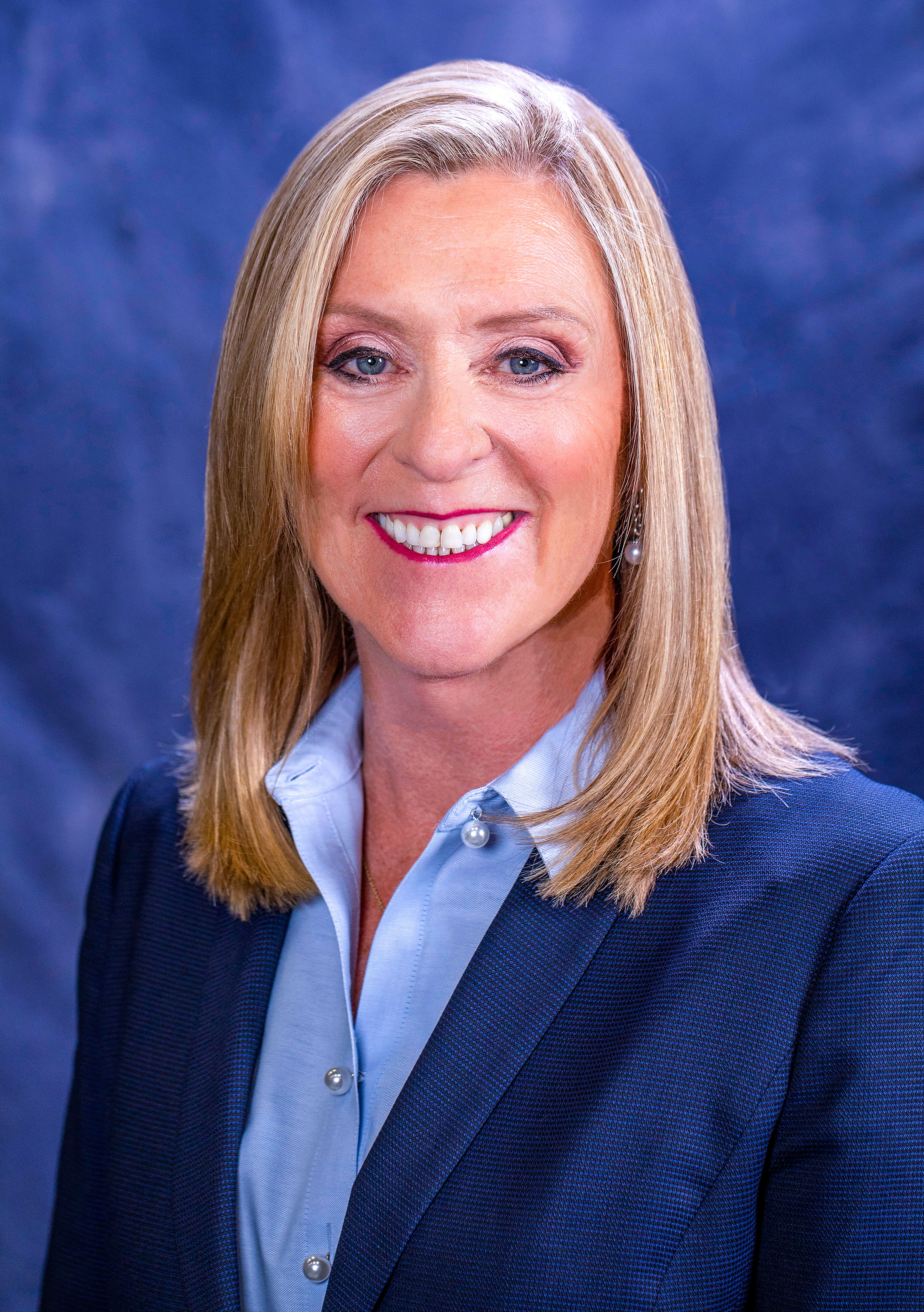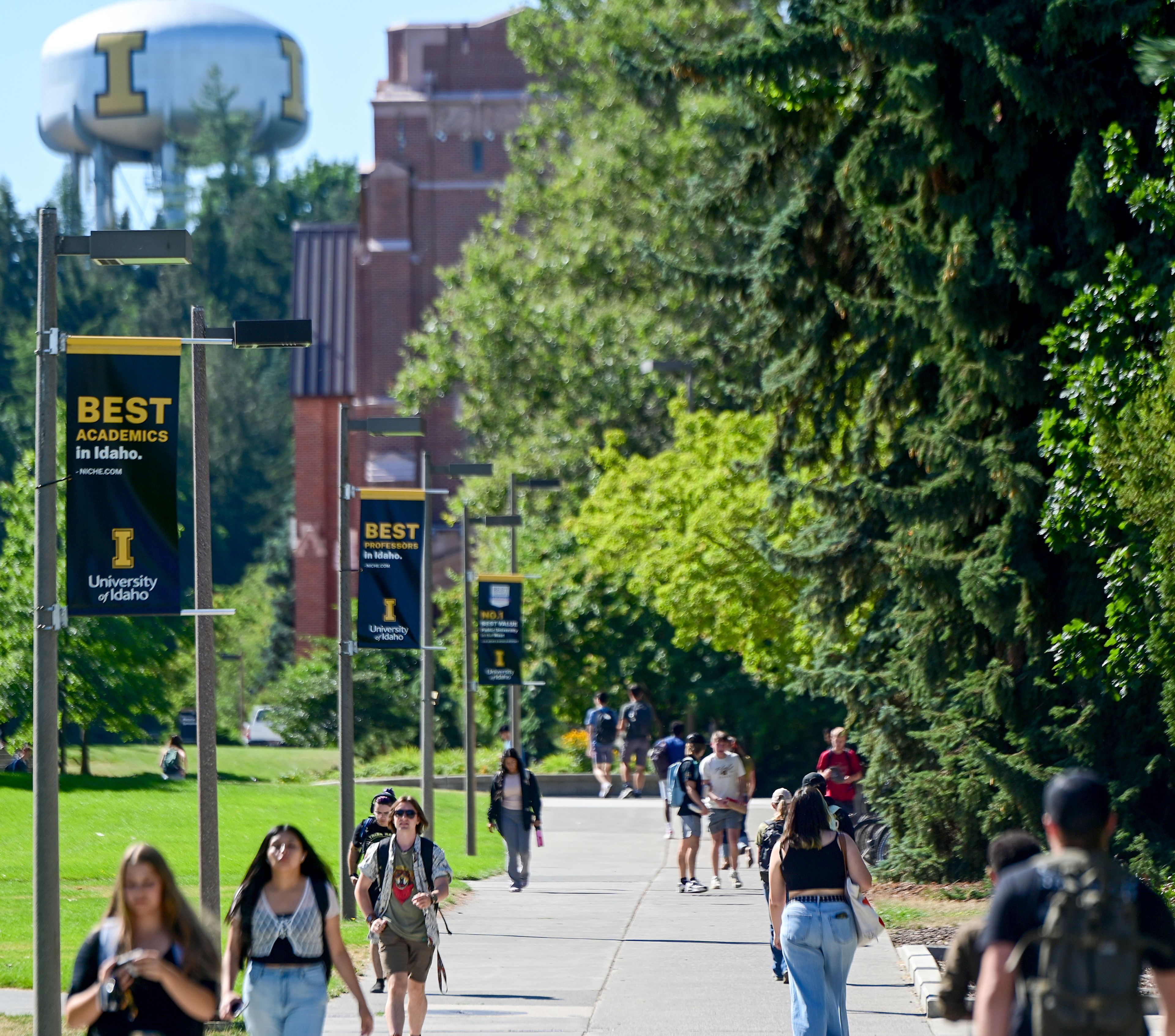Regional News Roundup: Grangeville City Council: Costs $12M to $40M for discharge permit requirement
Stories in this Regional News Roundup are excerpted from weekly newspapers from around the region. This is part two, with part one having appeared in Saturday’s Tribune.
———
GRANGEVILLE — Complying with clean water requirements has necessitated millions of dollars in past wastewater system improvements for the city of Grangeville. Now the latest requirement is set forth, as are the cost estimates:
Between $12 million to $40 million in infrastructure costs, along with several million in operation and maintenance costs.
Deadline is Monday when the Grangeville City Council next meets to determine a treatment method from which planning will commence on compliance with its latest Idaho Pollution Discharge Elimination System (IPDES) permit.
Temperature is at issue, specifically that of the treated wastewater discharged into Three Mile Creek. As part of its new IPDES permit, which went into effect April 2, 2020, the city has new temperature requirements in order to meet water quality criteria associated with Clearwater River salmonoid. Contracted by the city, JUB Engineers presented the issue, along with options available to address permit requirements, on Monday to the council.
“Later on down the line next year, you’ll need to submit an implementation schedule to address temperature limits and ultimately comply with those limits by 2039,” said project engineer Adam Rushold. “We do have some time, but there are deadlines along the way.”
As outlined, the city has interim temperature limit criteria to meet through Sept. 15, 2038, on scaled discharge temperatures in two-month periods between April 1 to Sept. 15 that range between approximately 63 to 74 degrees Fahrenheit. In a presented graph on temperature data collected between May 2020 to October 2021, the city was shown mostly coming in under those levels, apart from a couple of data points during August.
“That won’t be the case once we get into the final temperature limits,” he continued.
By April 1, 2039, for this same period, the city will have to meet effluent temperatures between approximately 48 to 68 degrees Fahrenheit.
Discharged wastewater, or effluent, needs to be cooled, and Rushold, along with project engineer David Watkins, explained the options with recommendations for consideration. Two options, stream shading and wetlands, were noted to help shave off temperatures during certain periods but that could not do the whole lift for reduction. They were also considered not reliable nor consistent.
The city has conducted stream shading in the past, one of the most recent — a project conducted by Palouse-Clearwater Environmental Institute of Moscow in 2016 — planted approximately 8,000 seedlings and 1,000 cuttings of red-osier dogwood and coyote willow along Three Mile Creek in and adjacent to city limits.
What Rushold and Watkins promoted as the two best options to consider were land application and mechanical cooling.
Land application, “is the most practical and straightforward,” Watkins said, with either diverting water from the creek during the compliance time to apply on lands elsewhere or store it during that time and later use this for irrigation in later spring and summer.
Mechanical cooling is essentially an air conditioner: Chill effluent to the required temperature and discharge into the creek.
To a question by councilor Beryl Grant, Watkins added a plan that blended options would also be workable.
Elaborating on land app and cooling options, Watkins noted cooling would require high initial capital outlay and subsequent O&M (operation and maintenance costs). Land app would require land purchasing and/or leasing. It was estimated 197 million gallons would need to be diverted, requiring a storage pond roughly 14 acres in size at 15 feet deep.
Of these options, public works director Bob Mager spoke in favor of mechanical cooling as the simpler option that required less infrastructure — notably pond maintenance and associated additional piping — and readily available city land to locate the A/C units.
Council question on where could effluent be discharged? With modifications, the wastewater plant could produce a class B effluent that could be applied to areas such as parks and cemeteries during times they are unoccupied, possibly livestock pasture fields, and some instances of agriculture for food that requires subsequent processing. These, however, come with associated costs of regular groundwater sampling. Use in Forest Service firefighting water drop operations was also noted.
“The big picture comes down to this,” Watkins said. The land app option is estimated at $40 million (including piping, pump stations, storage ponds, land app sites) with a 20-year net present worth O&M cost of $5.5 million. Mechanical cooling is estimated at $12 million and a 20-year net O&M of $6.8 million.
“Part of what is driving this,” Watkins said, “— and it doesn’t matter if you’re talking about Lewiston or Moscow or Cottonwood or Grangeville — is all those watersheds enter either into the Clearwater or Snake, or to the Snake and into Washington. And so the limits on water and salmonoid spawning are pushing all upstream into Idaho and our tributaries, and that’s what’s driving these decisions.”
— David Rauzi, Idaho County Free Press (Grangeville), Wednesday
Stallion sells majority stake in Horse Heaven project
McCALL, Idaho — An 80% stake in a gold and antimony exploration project bordering Perpetua Resources’ proposed Stibnite mine is set to be sold to a private company for up to $2.2 million, Stallion Uranium Corp. announced last week.
The Vancouver, British Columbia, mining company expects to finalize the deal later this month, Stallion CEO Drew Zimmerman told The Star-News on Tuesday.
Zimmerman declined to release the name of the private company acquiring the 80% stake, but said he expects to release more details when the deal is finalized.
“It is a private company in Canada, not another company in Idaho,” Zimmerman said of the buyer.
A gold and antimony mine proposed by Perpetua, which is based in Boise, shares its eastern boundary with the 5,644-acre Horse Heaven Project, which Stallion began exploring in 2021.
Selling a majority stake in the Horse Heaven Project allows Stallion to focus its efforts on exploration of uranium deposits in northern Saskatchewan, Zimmerman said.
“It’s a big win for us and really allows us to focus on our uranium projects in the Athabasca Basin,” he said.
Once finalized, the agreement calls for the private company to spend $5 million advancing exploration of the Horse Heaven Project.
In return, Stallion would receive payments of cash and stock for up to $2.2 million over the next four years as exploration milestones are achieved. Stallion would also retain a 20% stake in the Horse Heaven Project.
Last year Stallion announced that it found “significant” evidence of gold and antimony after analyzing rock samples collected from the project zone and mapping underground mineral veins.
The samples were collected from exposed outcroppings of bedrock on Antimony Ridge, which is about 3.5 miles southeast of Yellow Pine on a mountain overlooking Johnson Creek Road.
Of 21 samples collected, 18 showed significant amounts of gold, while 19 showed significant amounts of antimony, the company said.
Exploration work completed so far was permitted by the Boise National Forest, which found that the work would cause minimal environmental harm.
However, Stallion has not yet received drilling permits to extract core samples from Golden Gate Hill, another exploration zone within the Horse Heaven Project.
Golden Gate Hill is less than a mile from Yellow Pine and is flanked by Johnson Creek to the west and the East Fork South Fork Salmon River to the north.
The company hopes to drill as many as 60 holes up to 1,000 feet deep to extract core samples to be analyzed for gold, tungsten, and antimony.
The Boise Forest is the lead permitting agency for all mining activities within the 22-square-mile project zone.
Perpetua Connection
The Horse Heaven Project shares its eastern boundary with Perpetua’s proposed gold and antimony mine, a benefit repeatedly noted by Stallion officials.
Officials from both companies, however, have repeatedly said the companies have no relationship or plans of merging.
Stallion’s project zone is about half the size of Perpetua’s 46.6-square-mile project zone, of which Perpetua proposes to mine about three square miles.
Perpetua began exploration at Stibnite in 2009 and drilled 390 boreholes before deciding in 2015 that the project was economically viable.
The company submitted an initial mining plan to the Payette National Forest for review in 2016. A tentative approval of current plans for the mine was issued by the Payette in September.
Stallion Uranium was formerly named Stallion Discoveries and Stallion Gold. The company was renamed in 2023 to reflect its focus on exploring more than 1,000 square miles of potential uranium deposits in northern Saskatchewan’s Athabasca Basin.
Stallion is also conducting exploration for gold on Richmond Mountain in northern Nevada along Interstate 80.
Stallion was previously known as Hybrid Minerals Inc. until the company acquired the Horse Heaven Project in 2021.
Hybrid’s main focus was exploring a cobalt mine near Salmon in Lemhi County. That project was abandoned in April 2019 due to falling cobalt prices, the company said.
— Drew Dodson, The Star-News (McCall), Thursday








